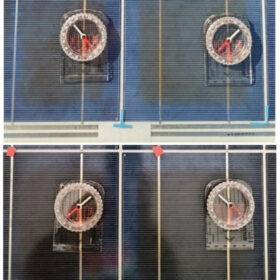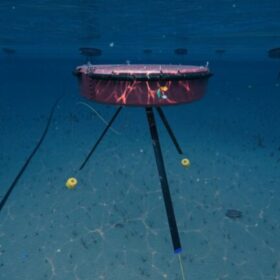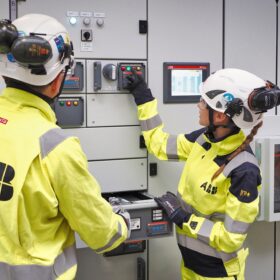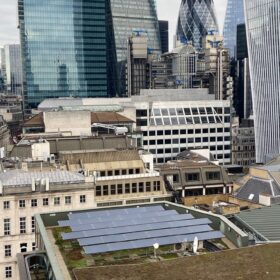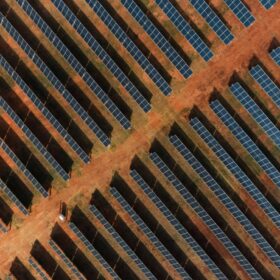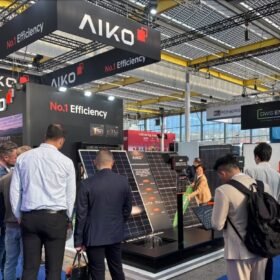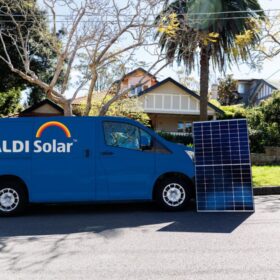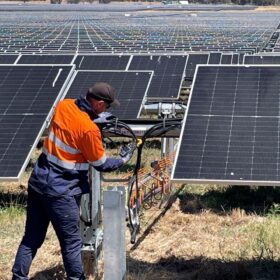Search for New England REZ network operator begins
Australia’s largest planned renewable energy zone has reached another milestone with the New South Wales government launching the search for a network operator to help deliver the New England REZ that is to provide at least 8 GW of new network capacity.
How to identify interruption of ribbons in solar modules
An international group of scientists have investigated the total or partial interruptions of ribbons that connect solar cells in modules and have proposed a classification based on their type and location.
Quinbrook secures financial close on UK’s largest solar and storage project
Australian-owned Quinbrook Infrastructure Partners has completed financing for the Cleve Hill Solar Park in England. The solar and storage project will be the largest in the United Kingdom when it goes live later in 2025.
Carnegie secures more funding for Spain wave energy project
Australian wave energy developer Carnegie Clean Energy has secured more than $545,000 in funding to push forward its plans to deliver and operate a 400 kW version of its ‘CETO’ wave power generation system in waters off the coast of Spain.
AGA signs ABB up to 3 GW green ammonia project in NT
Allied Green Ammonia has struck a deal with Swiss-Swedish electrical equipment producer ABB it says will accelerate the development of its green hydrogen-to-ammonia production facility proposed for the Northern Territory.
Rooftop solar could supply two-thirds of global power, study finds
Researchers have found that widespread deployment of rooftop solar could cover the vast majority of the world’s electricity consumption, while lowering global temperatures by up to 0.13 degrees Celsius.
Philippines issues terms for renewables auction with storage
Pairing solar plants with battery energy storage systems will be the main strategic focus for the Philippines’ upcoming renewable energy auction. Each project must have a minimum storage duration of four hours to ensure sufficient grid support and energy reliability.
BloombergNEF expects up to 700 GW of new solar in 2025
BloombergNEF says global solar installations could reach 700 GW in 2025, with additions rising to 753 GW in 2026 and 780 GW in 2027.
Aiko launches 500 W C&I back-contact solar module with 25% efficiency
The Chinese manufacturer launched its new Infinite panel featuring its proprietary all-back contact cell technology. The module measures 1,762 mm x 1,134 mm x 30 mm and has a temperature coefficient of -0.26%/C.
Fraunhofer ISE research finds solar module output ‘often overstated’
A longitudinal research project from the Fraunhofer Institute for Solar Energy Systems ISE reveals that since 2017, the institute has measured less power on average in a solar module than promised by the manufacturer.

